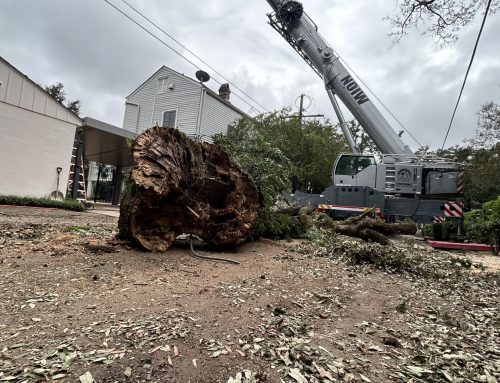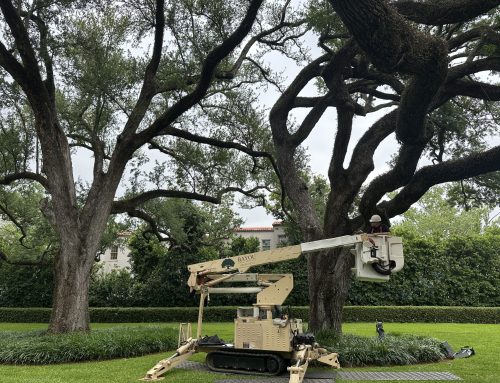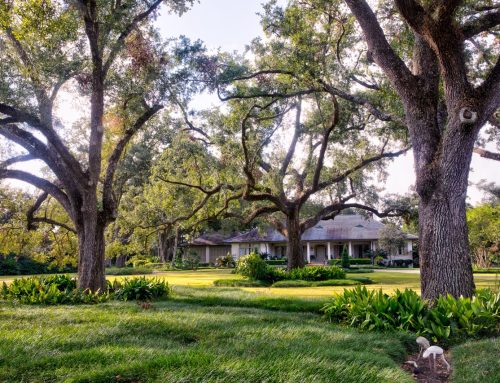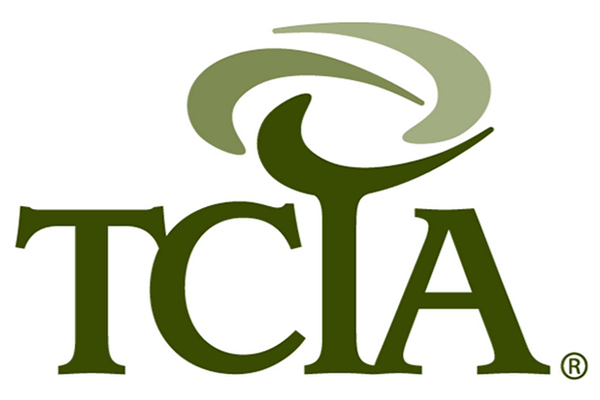Whose Tree Is It Anyway?
Navigating the Wild World of Boundary Trees
When it comes to trees that straddle property lines, navigating the laws and responsibilities can feel overwhelming. However, understanding your rights can help you maintain good neighborly relations while ensuring both properties remain safe and healthy. In this blog, we’ll break down the essential points about boundary trees, trimming rights, and why communication is key. Plus, we’ll let you know how Bayou Tree Service can help you manage any tree-related concerns.
Who Owns the Tree?
Under Louisiana law, the owner of the property where the tree trunk stands is considered the owner of that tree. This means that even if the branches extend into a neighbor’s yard, the trunk owner retains ownership. However, when the trunk straddles two properties, it is referred to as a “boundary tree.” According to Louisiana Civil Code Article 687, “Trees, bushes, and plants on the boundary are presumed to be common unless there is proof to the contrary. Either of the neighbors may demand their removal. The cost of removal is to be borne by the person who demands it.” This means that both neighbors share responsibility for the tree’s care, but if one party wishes to remove it, they must cover the costs.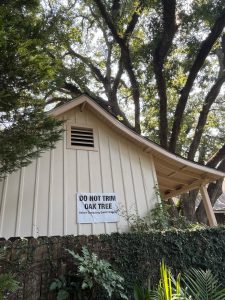
Your Rights to Trim Overhanging Branches and Roots
If you find that your neighbor’s tree has branches or roots extending into your yard, you have the right to trim them—up to the property line. Louisiana Civil Code Article 688 states: “A landowner has the right to demand that the branches or roots of a neighbor’s tree, bushes, or plants that extend into his property be trimmed at the neighbor’s expense if they interfere with the enjoyment of his property.”
While this gives you the authority to maintain your yard, it’s important to remember that you cannot cut or trim the parts of the tree that are still on your neighbor’s property without their permission. Doing so could lead to potential liability for property damage, so always err on the side of caution.
The Importance of Communication
Good fences make good neighbors, but open communication is even better! If you notice any tree-related issues that could affect your property or your neighbor’s, it’s best to discuss them openly. A simple conversation can go a long way in preventing misunderstandings and conflicts.
For instance, if you suspect a tree could fall due to its condition, or if branches are obstructing light or views, reaching out to your neighbor is a proactive step. Discussing your concerns can lead to a mutual agreement on how to address the issue, whether through trimming, maintenance, or even consulting a professional.

Seek Expert Advice
When it comes to tree health and safety, sometimes it’s best to call in the professionals. Certified arborists are experts in tree care and can assess the condition of your trees, providing you with tailored solutions. They can also help mediate any disputes between neighbors regarding shared trees.
If you’re unsure about how to handle a tree-related issue, don’t hesitate to reach out to us at Bayou Tree Service. Our team of skilled arborists is here to help you navigate any challenges, ensuring the health of your trees and the safety of your property. You can reach us at 504.837.8733 for the New Orleans area or 225.372.8585 for Baton Rouge. We’re committed to providing you with a ‘white glove experience’ for all your tree care needs!
Conclusion
Understanding your rights and responsibilities regarding boundary trees can make a significant difference in maintaining a harmonious neighborhood. By knowing who owns the tree, what your trimming rights are, and the importance of communication, you can navigate these issues more effectively.
And remember, when in doubt, it’s always best to consult with professionals like the team at Bayou Tree Service. We’re here to support you with expert advice and top-notch tree care. Call us today at 504.837.8733 or 225.372.8585 and let’s work together to keep your trees healthy and your property beautiful!


